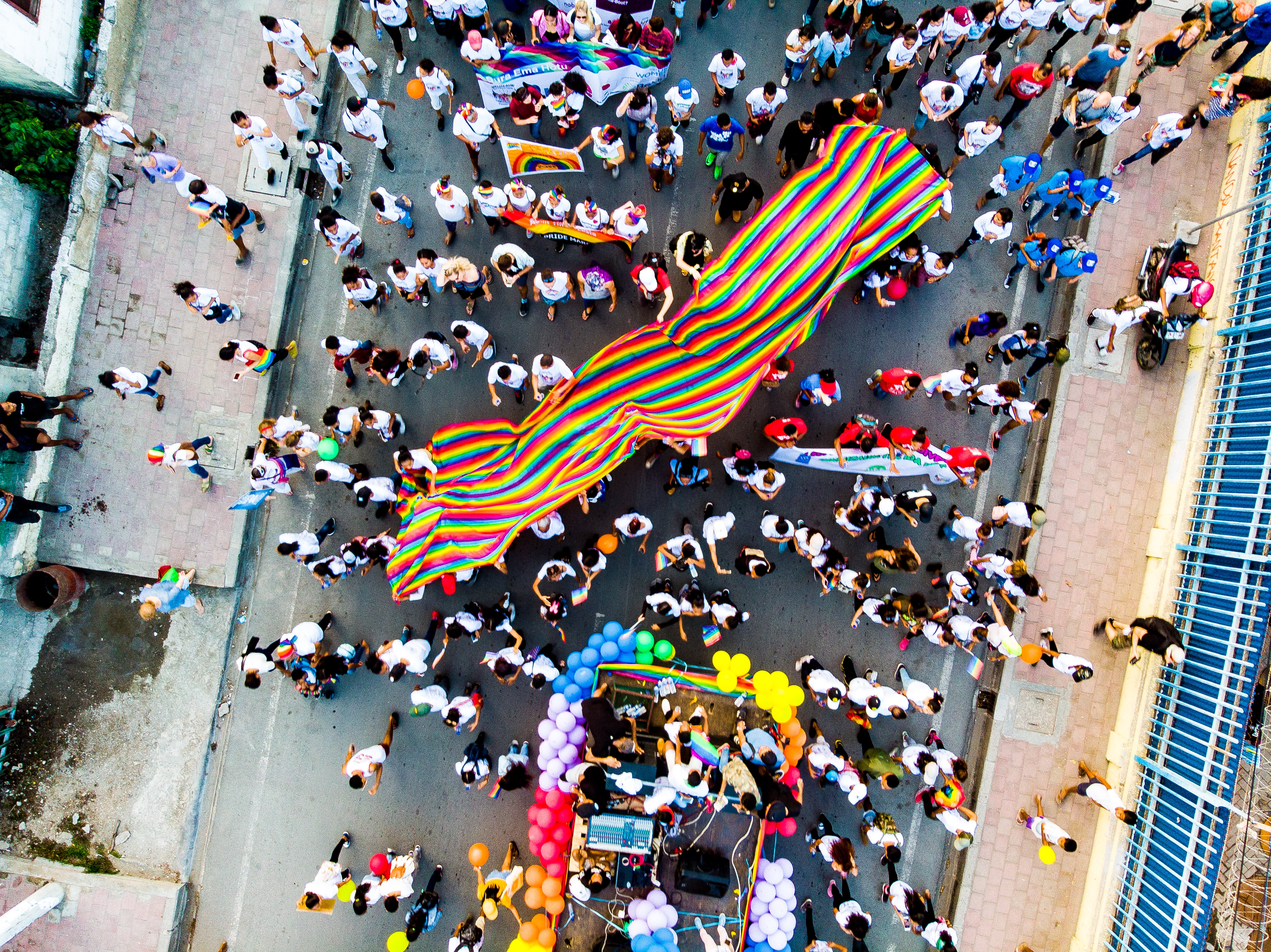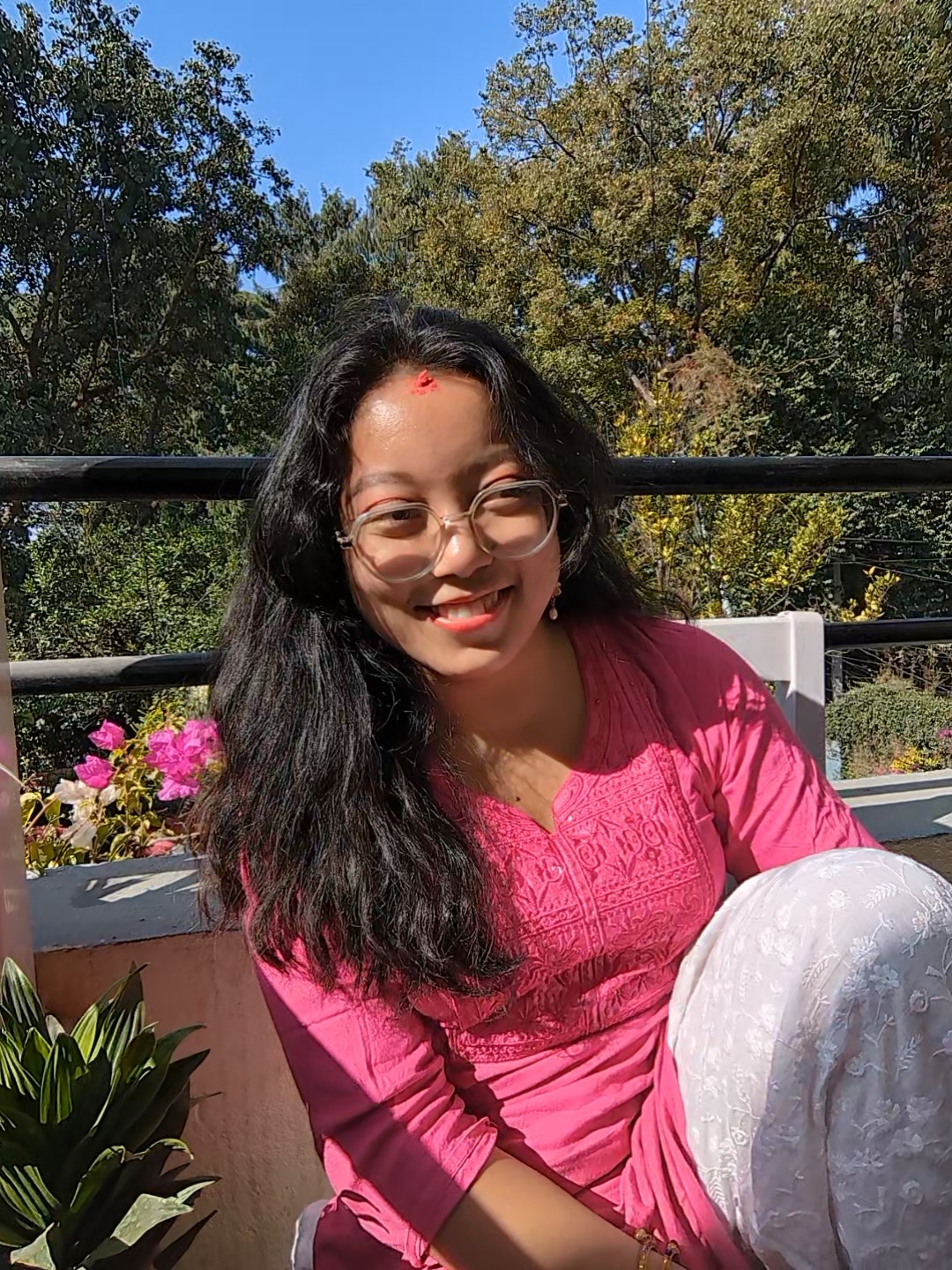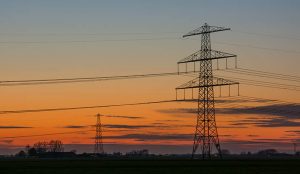
What comes to our mind when we think of resistance? In my mind, the first thing that pops up is screaming. Men screaming “Attack!” and then colliding against each other in a battle, like the one we see in Mahabharat. Although, “AAAKRAMAN!” would be more appropriate.
Apart from the overtly masculine, war-based resistance, resistance is protests. Huge crowds in public places, holding slogans, with fierce and determined expressions. Facing them would be uniformed police with their batons. Or maybe, resistance is what we see in parliaments and courtrooms, asking for policy changes and advocacy. Resistance is this evident and explicit form of non-compliance.
But I am curious, are there other forms of resistance?
Small, implicit, but present
Consider Bell Hooks’ perspective in her book —Ain’t I a Woman?— she explains resistance as a revolution in an intentional way to challenge and threaten capitalist patriarchy, rather than seeing resistance as an abstract reform. She tells us to ground our resistance in concrete actions. And I would argue that these actions can be small, implicit yet extremely important.
In my work with people who were raped and sexually assaulted, their stories are filled with trauma and abuse, and later invalidation of their experiences. Their experiences also come with self-blame and loathing “Maybe it is my fault.” But I choose to hear something different. They tell me instances, small, tiny instances, that “just” slips off their mouth. “Other times, I tell myself it’s not my fault, it’s just what I do”. Just.
I explore what that “just” is. Just is what makes a person’s resistance invisible at the time of trauma. “I just closed my eyes when it happened.” “I just tolerated it” “I just couldn’t take it anymore, so I left”. “I just wore shorts under my skirt so he couldn’t touch me anymore.”
In my small ways of working with people who have been abused, they use just a lot. Just makes their resistance insignificant. Narrative Practices tells me that “people aren’t passive in their lives, that they are actively responding and resisting”. I think that becomes especially important while working with people whose lives have been shadowed by trauma. In their small instances, small bodily reactions, their fleeting thoughts, and their overwhelming emotions in traumatic situations, they resist.
Closing their eyes is resistance. Dissociating from their body in times of crisis is resistance. Feeling disgusted is resistance. Screaming no in their heads, while they did not speak is resistance. Feeling confused is resistance.
Yet, these small acts of resistance are often ignored. Sometimes, even pathologized. Their responses are tagged as maladaptive symptoms that they need to get rid of. This erases people’s agency and their active actions of resistance. It makes people feel guilty about their responses, when in fact, they were trying to survive.
These bodily reactions in survival mode are not just natural reactions. These are embodied experiences of resistance. Our bodies are taught to resist and be resilient. Our bodies hold wisdom of our experiences, and stories of our ancestors that came before us.
These everyday and seemingly small acts of resistance are engraved beyond the individual acts of resistance. Rather, resistance is part of our existence and our history. Alongside each history of violence and oppression, there is a parallel history of prudent, creative and determined resistance.

Acts of resistance
There is a rich history of casteism and legalised systemic discrimination against the indigenous communities in Nepal. We see that their language was criminalised, land seized and bodies enslaved and sold. In such extreme forms of violence, small acts of resistance are even more important to be noticed. The mere existence of mother tongues of these Indigenous peoples, documented history in their songs and dances, cultural practices, migration and even Tiktoks and reels of Indigenous women wearing their attire are forms of resistance. Cooking in a specific way, sharing food and laughter are forms of collective resistance. In some Indigenous communities, women share their financial resources through dhikuti and communal finances, for financial independence and collective care.
Queer communities in Nepal have been disenfranchised and discriminated against. A queer person I worked with in the past, explained how for them, wearing gajal in the privacy of their room brought relief for them. Gajal is resistance. Another trans person who cannot assert their identity in person has an Instagram account with their preferred gender. Instagram accounts are acts of resistance. Queer spaces where they can share their experiences, love and laughter are also forms of resistance.
For marginalised communities, finding spaces to talk about their struggles is extremely important. Even acts that are deemed unnecessary like “gossiping” or gathering around pani padhero, have been ways of resistance. For people with disabilities, reclaiming their disability, finding humour, or choosing to not disclose their disabilities are forms of resistance. For sex workers, finding Facebook groups to caution regarding dangerous clients is an act of resistance. For artists and writers, their work becomes resistance. In the face of violence, discrimination and exclusion, marginalized people’s existence, their bodies and their choices become resistant.
Postrel talks about chaos theory, where in times of acute crisis like disaster and war, people organize, experiment, try to make sense of the crisis, and try to resist. I am taken aback by the tweet I saw a couple of days ago. The video is based in Palestinian camps. A young boy invented a machine that he stuck in the roof, generating electricity for the camp when the IDF closed off electricity.
While talking and sharing about Palestine, accounts were taken down, shadow-banned and suspended. These are not just tweets and shares. These are people resisting the larger systems of power, oppression and apartheid that refuse to listen to us. Queer people’s accounts constantly get taken down, shadow-banned and suspended. These are not just social media accounts.
And yet, these important points of resistance are erased and made insignificant. When small acts of resistance of Indigenous communities, queer people, people with disability and other marginalized communities are erased, they are portrayed to be compliant with the systems around us. That they have no problem with what is happening around us. Invisibilization of small acts of resistance as “just” is a conscious effort to erase the history of agency and autonomy of people. This invisibilization of resistance efforts is a deliberate and strategic tactic that serves to maintain existing power structures and suppress alternative voices and perspectives.
When we think of the word “resistance”, we think of massive people showing up on the street. We think of cheeky quick-witted arguments against patriarchy. We think of grand gestures, of revenge, of karmic consequences.
But I beg you to think of resistance and claim the resistance happening in small ways, even at times of despair clouting the movement. What we do at such times, to me, is resistance.





















